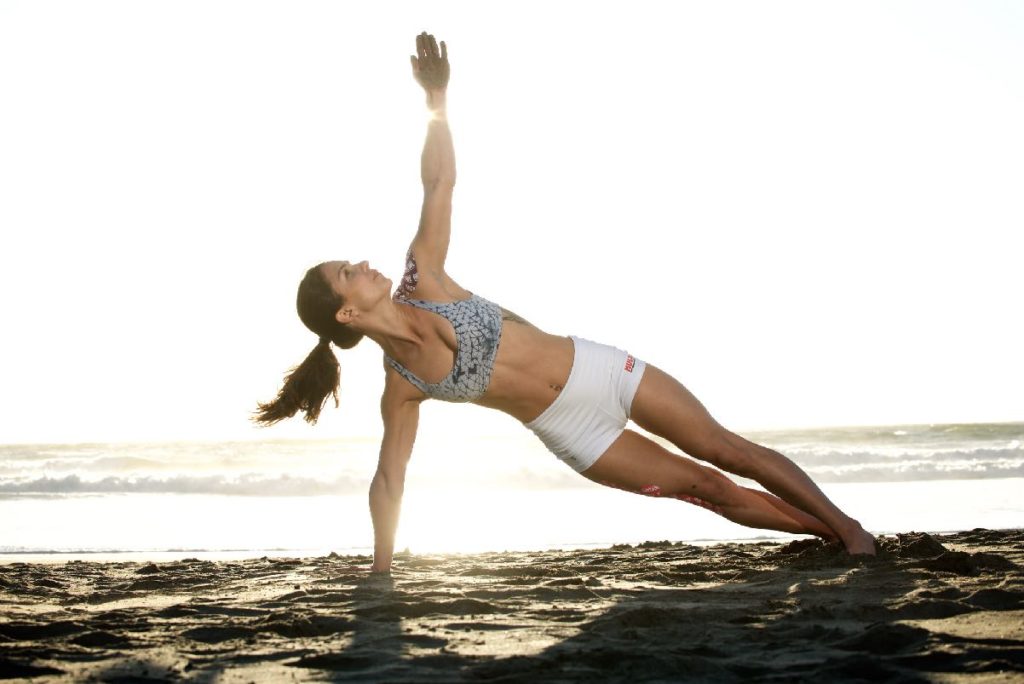by Brad Norris – Clinical Educator
Movement truly matters, but at a time when everyone is looking for convenient fitness options, the default is to simply throw anything and everything at this wonderfully complex neuromuscular system. As athletes, we often fall into the trap that more is always better. After training athletes for the past thirty years, my goals have evolved. Instead of throwing more at an athlete, I believe that it is important to determine a concise training goal and then find a path to get there with the least amount of effort. A “performance path” of least resistance. This is not meant to dissuade anyone from pursuing aggressive fitness goals – it may simply mean we need to find a new path where movement quality is initially prioritized over the quantity whether it be load or volume. To paraphrase Gray Cook, the idea of building fitness on a faulty movement platform is a physical risk. We explain to our athletes that if we build movement competency through simple strategic exercises first, the nervous system will grant you strength beyond anything you can imagine. I love the analogy that nobody has ever fixed a Ferrari with a sledgehammer.
Research on the capacity of physical activity and movement to impact the quality of life, build a resistance to disease and predict longevity, can be the most compelling argument for making movement a sustainable habit. A study by Brazilian researchers, Brito et al, investigated the link between a simple movement task which involved sitting to the floor and getting back up (illustrated in Figure 1). The target group involved 2,000 subjects between the ages of 51-80. Researchers scored the task by deducting points when the subject relied on support to control movement using a hand, knee and/or forearm to assist in completing the task. Over the course of a six year follow up, 159 subjects died. Researchers determined that of those who died, most had lower test scores. Doing poorly on the movement task was correlated with a higher risk of all-cause mortality.
 Figure 1
Figure 1
The assessment is essential and is the singular reason why Gray Cook and Lee Burton created the FMS Movement Screen. Although clinically relevant, for the majority of us, we simply need a window into our own movement abilities that tell us whether to proceed or find other options that may promote neurological success. All it takes is a mirror, a little ingenuity and an awareness to determine if the path is going to give us what we need.
Is the movement painful? Am I compensating globally to complete it? Am I struggling everywhere else to find control? Does the pattern look symmetrical? Does it appear balanced left to right?
This assessment may force you to find simpler movements that are pain free and allow you intrinsic control through every plane. This may involve slowing the speed or tempo to force more movement awareness, reduce the load to give the system an opportunity to learn movement without the complexity of excessive load or regress movement to the ground to give the brain a sense of safety and control.
The message is simple. During this period of social isolation, try something new or become successful at a move that you have never attempted or uniquely challenges you. Novel stimuli or patterns afford us an opportunity to feed this very adaptable brain. This could involve stepping away from the big ticket “familiar” lifts and try incorporating simple rolling patterns, unilateral exercises or rotational maneuvers. Maybe a flow of yoga movements to optimize mobility. Refining or cleaning up the message coming in may give us the advantage to better engineer the motor message coming out! As we groove movement through repeated effort, the habit of good movement becomes a behavior on which to build strength. The crazy thing? When you return to the gym with a newfound movement blueprint in hand, you may be surprised to find improvements in strength across every move or lift.
If you are interested in learning more about our philosophy or our Rocktape toolbox, check out our upcoming courses here!
Are you a medical Professional and would like to start using RockTape? Sign up for a medical account here and save.
References
Brito LBB, Ricardo DR. Araujo DSMS, et al., (2012). Ability to sit and rise from the floor as a predictor of all-cause mortality. European Journal of Cardiovascular Prevention.

Nice!